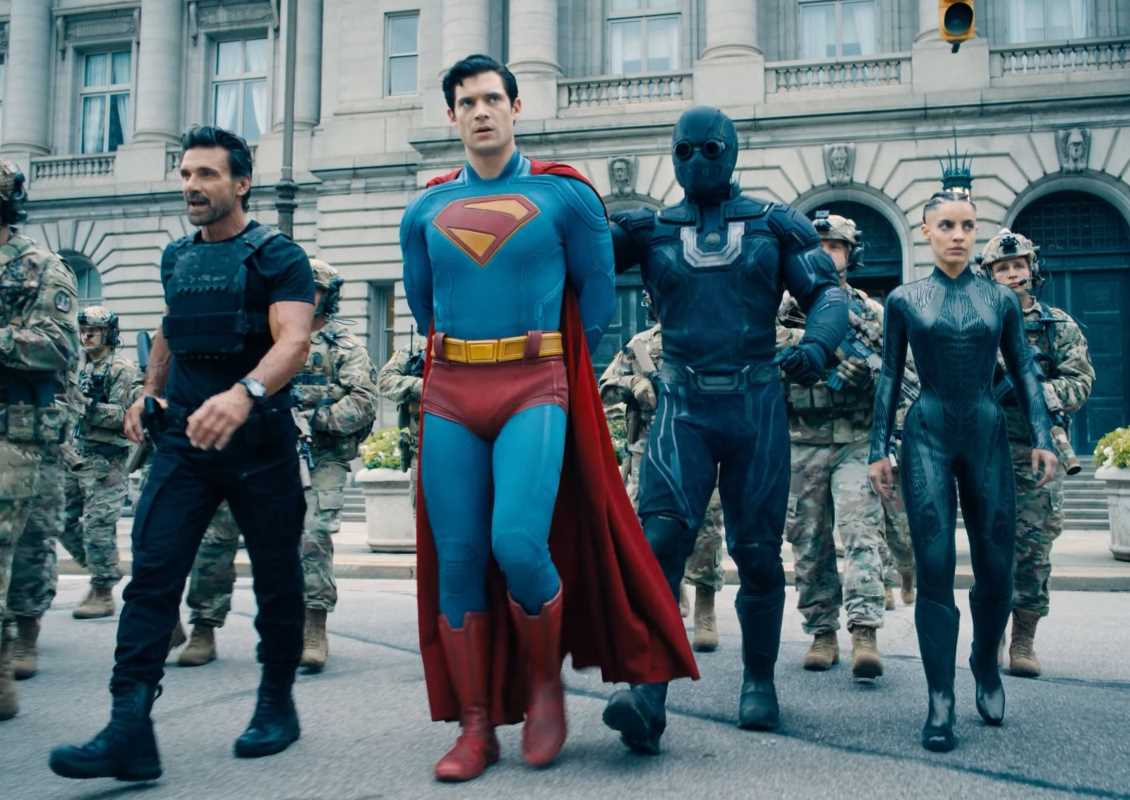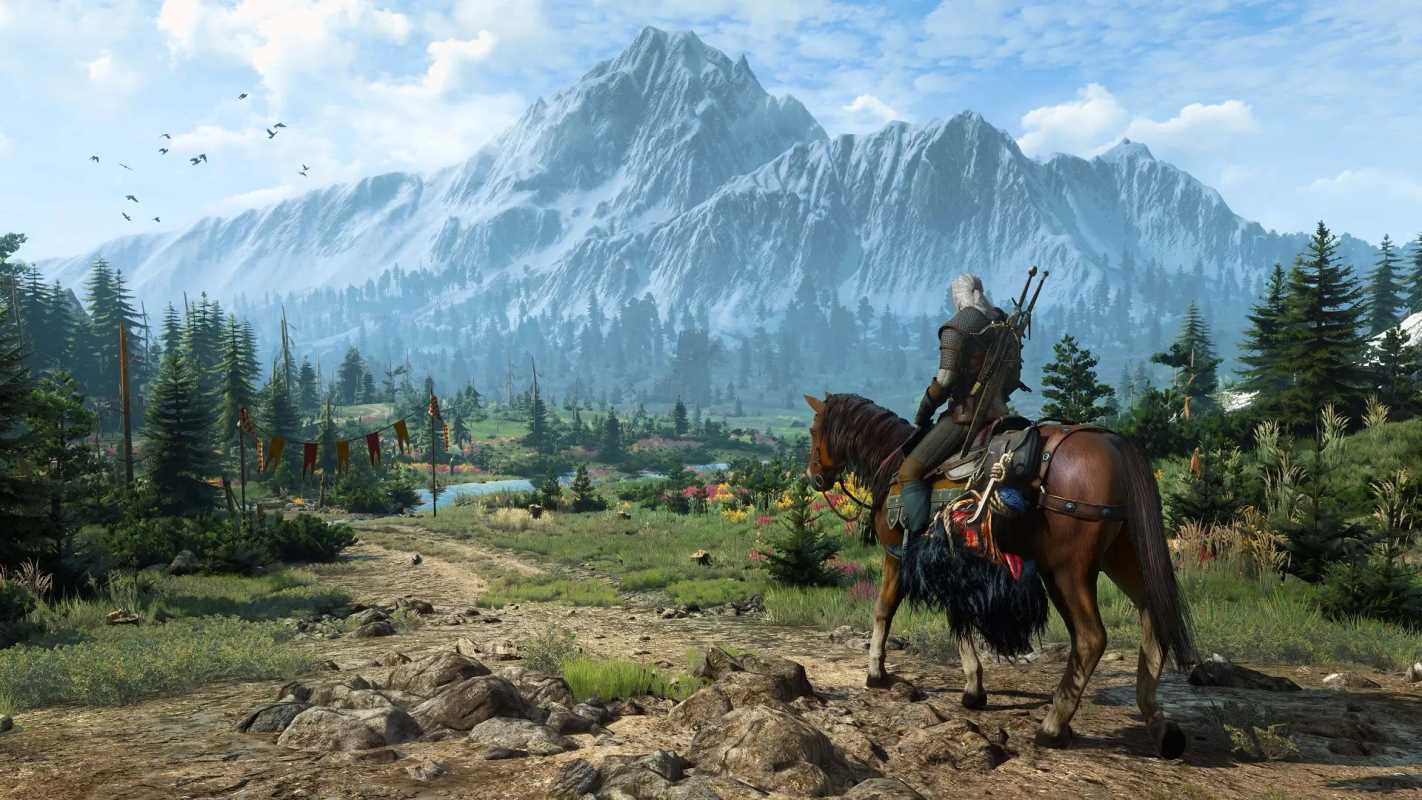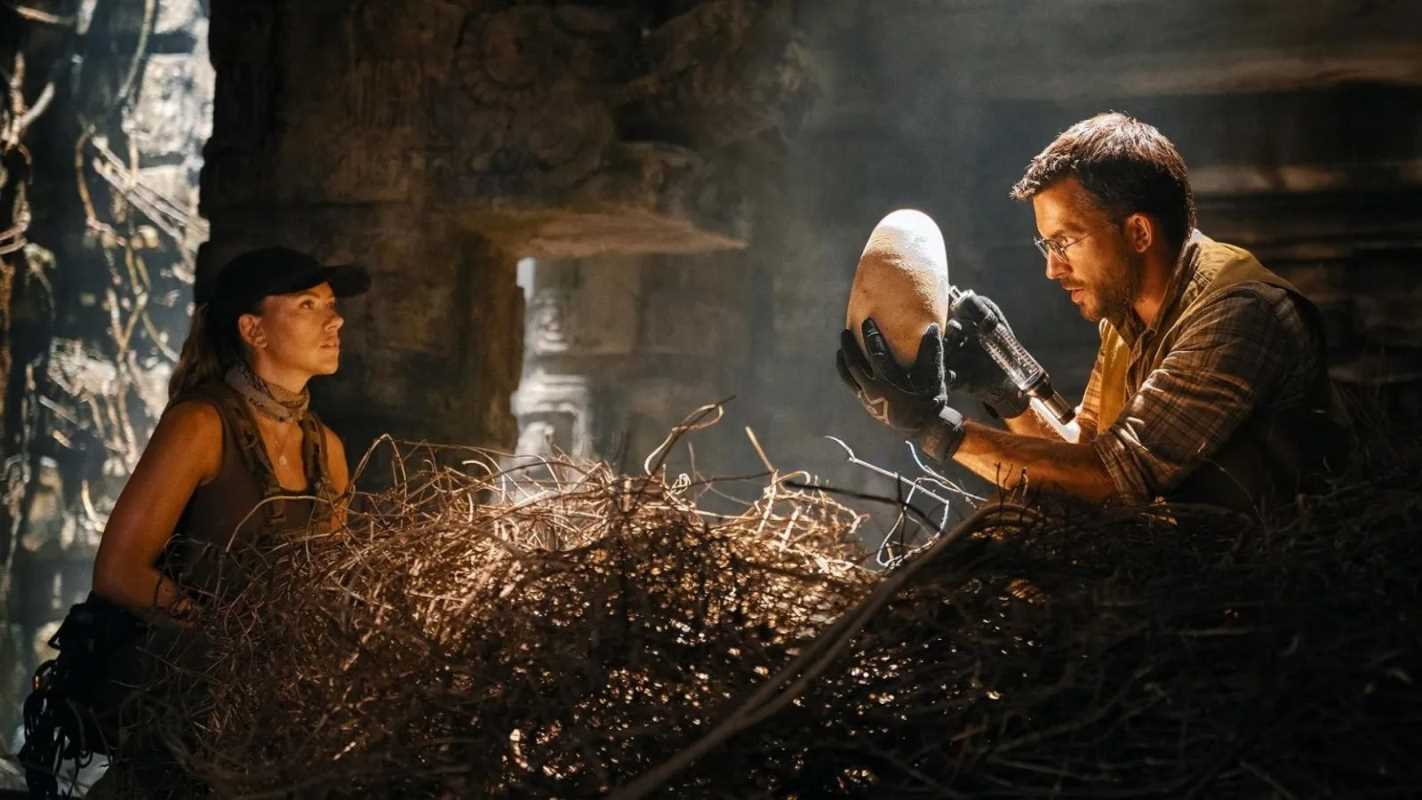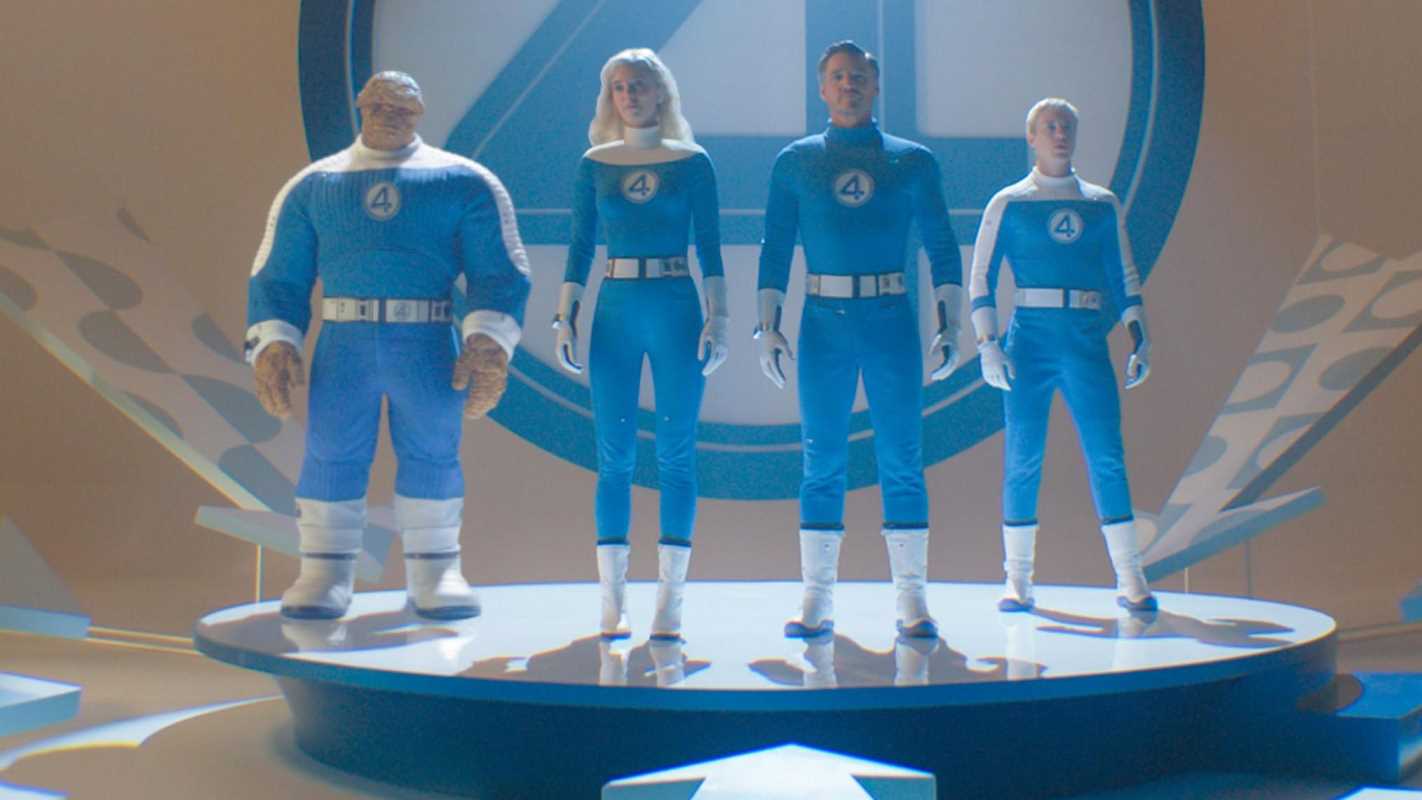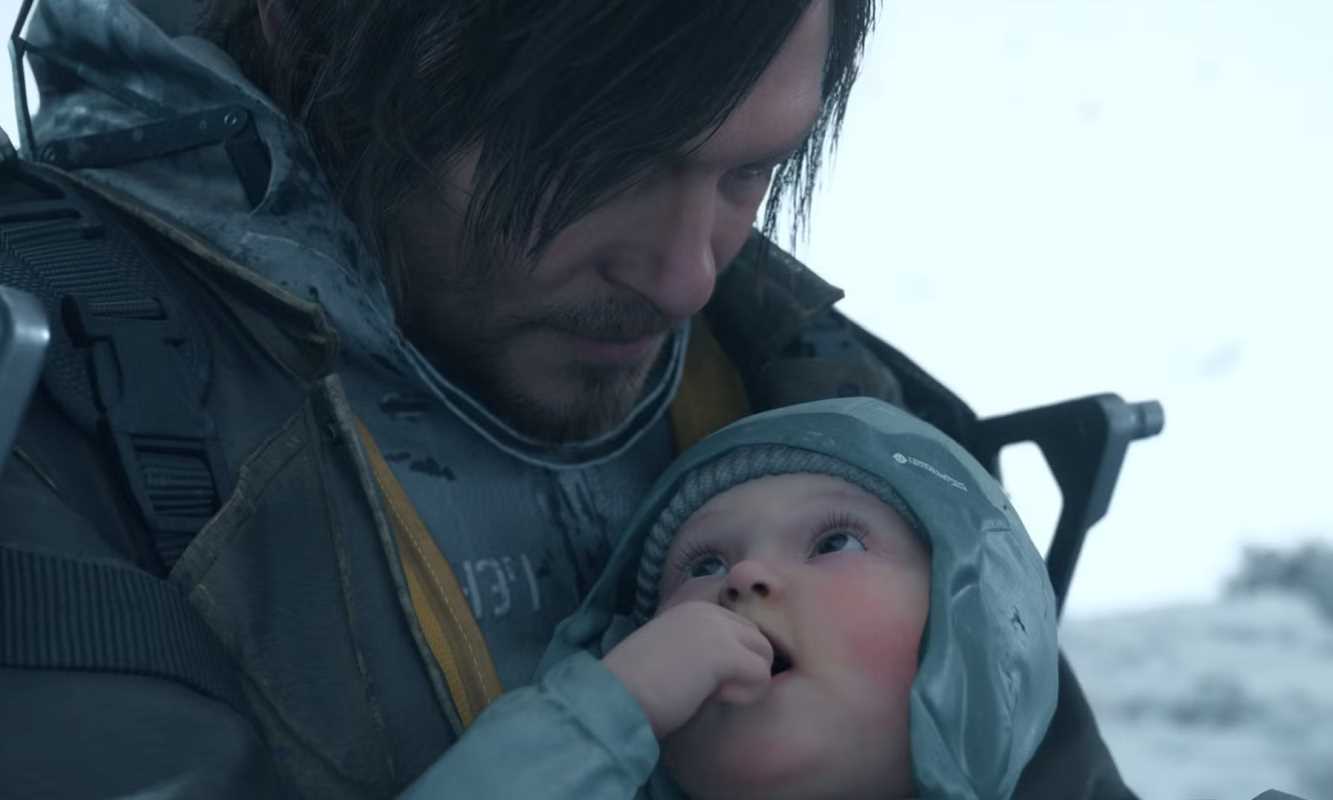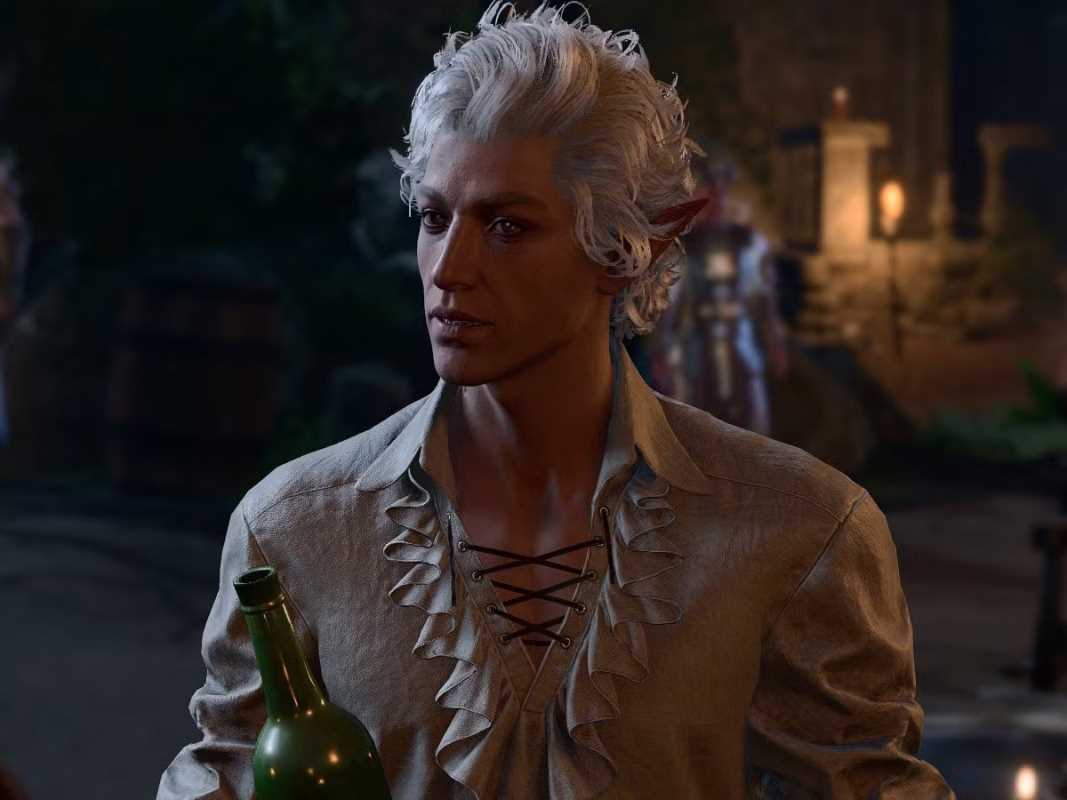When Amazon announced its ambitious The Lord of the Rings prequel series, The Rings of Power, expectations were understandably sky-high. With a reported budget of nearly $1 billion, the series promised to deliver a visually stunning, lore-rich exploration of Tolkien’s Second Age. But while the show dazzled with breathtaking vistas and polished production values, fans of J.R.R. Tolkien were left asking one crucial question: where did it all go wrong?
For those who cherish Tolkien’s world, The Rings of Power feels like a mixed bag of potential weighed down by creative decisions that clash with the essence of its source material. This isn’t about nitpicking inconsequential details; it’s about the heart of Middle-earth and why many felt the show missed its mark. Here’s a breakdown of what Amazon got wrong.
1. Deviations from Tolkien's Lore
The most resounding critique from Tolkien fans? The show’s inconsistent or outright disregard for Tolkien’s established lore. To be fair, Amazon was in a unique position. Because they only had the rights to The Lord of the Rings and The Hobbit, they didn’t have access to all of Tolkien’s writings like The Silmarillion. Nevertheless, the deviations they chose to make often came across as unnecessary.
Condensing Thousands of Years into One Timeline
One of the most jarring changes was compressing thousands of years of history into a relatively short timeline. Events like the forging of the Rings of Power and the rise of Sauron span centuries in Tolkien’s works, but the show condenses them into what seems to be a few years. This decision sacrifices the grandeur and weight of Middle-earth’s history for pacing, leaving many moments feeling rushed or unearned.
Consider Galadriel’s storyline. Tolkien’s Galadriel is a wise, ancient figure who has lived through countless ages. Yet this version of Galadriel is depicted as a brash, impulsive warrior far removed from the character Tolkien described. While giving her an arc isn’t inherently wrong, portraying her as a vengeful, somewhat myopic protagonist distorts one of the most iconic figures of Middle-earth.
Sauron’s Disguise
One of the most iconic elements of the Second Age is Sauron’s guile. Posing as Annatar, the "Lord of Gifts," he deceived the Elves and helped forge the Rings of Power. Yet in the show, Sauron’s identity comes off as a predictable twist rather than the insidious infiltration he orchestrated in Tolkien’s writings. Halbrand’s reveal as Sauron lacks both the buildup and the nuance of a master manipulator capable of deceiving even the wisest Elves.
These lore deviations might seem minor to newcomers, but for long-time fans, they dilute the intricate worldbuilding that made Middle-earth so captivating.
2. Underdeveloped Characters
The heart of any good story lies in its characters. Tolkien’s works are beloved not just for their epic scale but for the deeply personal journeys of characters like Frodo, Aragorn, and Sam. Unfortunately, The Rings of Power struggles to create similarly compelling characters.
Galadriel’s Personality Shift
Galadriel, as portrayed in the show, is divisive at best. While there’s merit in exploring a younger, more volatile version of the character, her single-minded obsession with vengeance against Sauron comes at the cost of her other dimensions. Her interactions with others often make her seem stubborn and domineering rather than wise or introspective. While some fans appreciate her warrior spirit, others find her portrayal frustratingly flat.
The Harfoots
The Harfoots, ancestors of Hobbits, were likely introduced to provide a sense of warmth and nostalgia. And while their presence offers a glimpse of early hobbit culture, their storyline often feels disconnected from the main narrative. Without strong ties to the larger events, their subplot risks feeling like filler rather than an integral part of the story.
Generic Antagonists
The villains of The Rings of Power often lack the complexity Tolkien imbued in even his darkest creations. The Orcs, though visually stunning, are reduced to typical foot soldiers with little individuality. Adar, a fascinating idea as a rebel Uruk questioning Sauron’s rule, is intriguing in concept but underexplored in execution. Meanwhile, Sauron’s machinations fail to convey the sense of dread and inevitability that Tolkien so masterfully wove into his tales.
3. Pacing Issues
With sprawling landscapes and a large ensemble cast, there’s no denying that The Rings of Power had a lot of ground to cover. Much of the series suffers from uneven pacing, however, dragging in some places while rushing critical moments in others.
Slow Start, Rushed End
The early episodes meander, focusing on world-building and character introductions at the expense of forward momentum. Yet later in the series, major events like the forging of the rings and Sauron’s reveal feel crammed into a single episode. These uneven beats prevent the narrative from delivering satisfying payoffs, leaving both newcomers and long-time fans underwhelmed.
Too Many Subplots
Between Galadriel’s quest, the Harfoots’ wandering, the Numenor storyline, and the Southlands conflict, the show spreads itself thin. Instead of weaving a cohesive narrative, the constant switching between subplots diminishes the impact of each thread.
4. Storytelling Overwhelmed by Spectacle
For all its faults, The Rings of Power delivers undeniably stunning visuals. From the glittering cities of Numenor to the fiery birth of Mount Doom, the production design and cinematography deserve praise. But while the series looks the part, its storytelling often feels overshadowed by its ambition to create jaw-dropping moments.
Action vs. Substance
Tolkien’s stories, while epic in scope, always prioritized the emotional and moral struggles of his characters. Yet in The Rings of Power, big battle sequences and dramatic volcanic eruptions often take precedence over the human (and Elven) heart of the story. The result? A visually breathtaking series that sometimes feels hollow beneath the surface.
5. Strengths Amid the Criticism
While The Rings of Power stumbles in many areas, it’s not without merit. The commitment to diversity in casting, while controversial in some circles, brings fresh energy and representation to Middle-earth. Additionally, Bear McCreary’s score is an emotional triumph, capturing the sweeping grandeur of the world even when the story falters.
The show's depiction of certain locations, like Numenor, is also a highlight. The grandeur of the island kingdom feels appropriately majestic, offering a rare chance to explore its culture and decline on screen.
Moving Forward
Amazon’s The Rings of Power isn’t a lost cause. The series possesses the bones of something truly special, and with refinements in future seasons, it could fulfill its lofty ambitions. By grounding its storytelling in Tolkien’s themes of hope, sacrifice, and moral complexity, the show has the potential to win over skeptics and create a legacy to stand alongside Peter Jackson’s trilogy.
To achieve this, the creators must:
- Place greater emphasis on character development.
- Respect Tolkien’s intricate lore, even within the constraints of adaptation.
- Balance spectacle with the intimate, emotional beats that make Middle-earth unforgettable.
Tolkien’s world is one of incomparable depth, where every song, tree, and shadow has a role to play. With thoughtful adjustments, Amazon’s series might yet reclaim that magic.
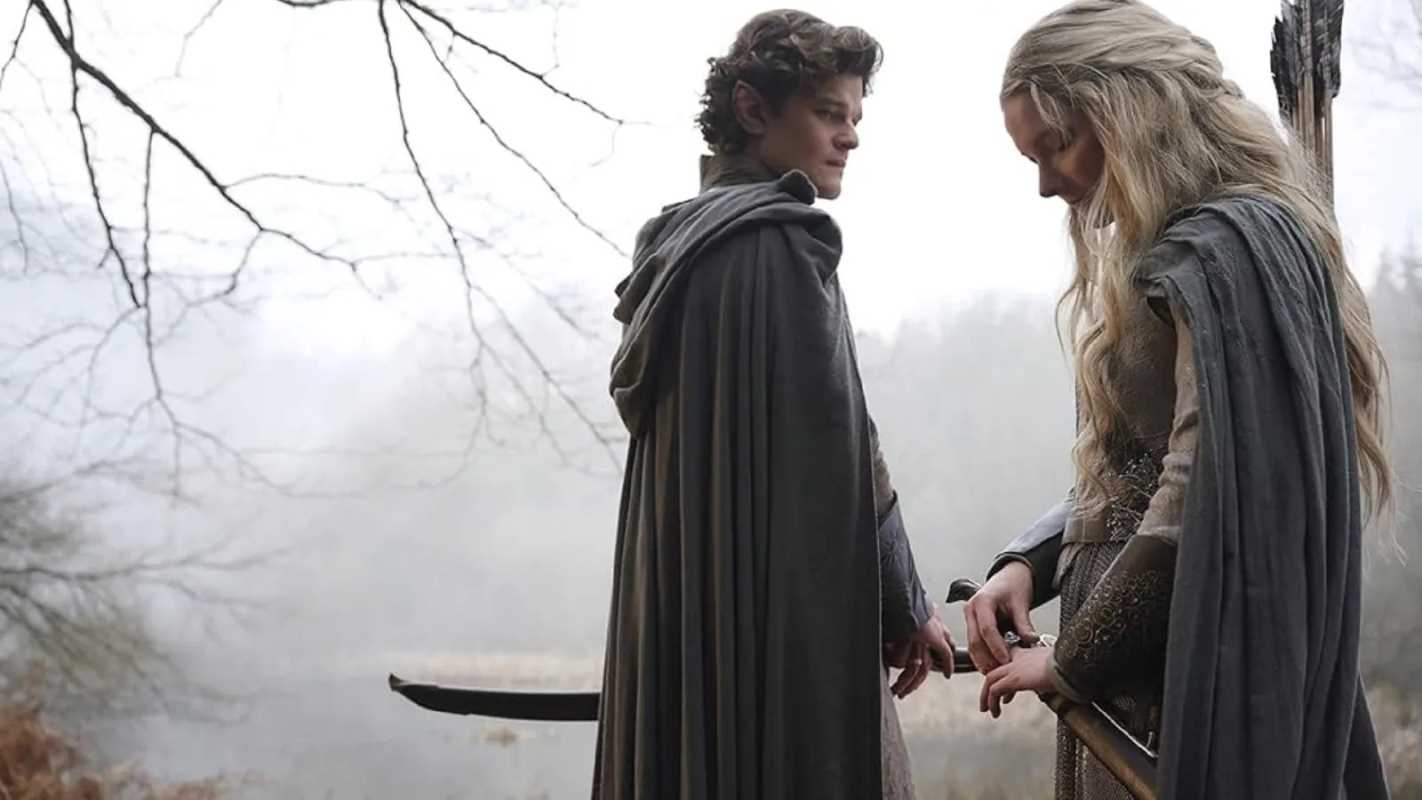 (Image source: Amazon MGM Studios)
(Image source: Amazon MGM Studios) 
